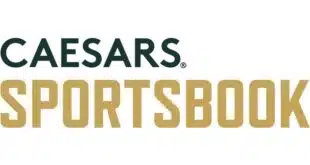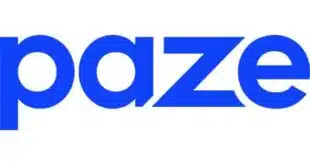Microsoft Inc. is among three developers that have integrated PayPal Inc.'s new application programming interfaces into applications as part of a beta program, PayPal announced on Thursday. PayPal formally opened its payment platform to third-party platform developers at a conference for developers. By opening up the platform program?called PayPal X?PayPal will enable developers to embed the San Jose, Calif.-based processor's global payment system into their applications and platforms. “Until now, developer innovation has been stifled by the barriers payment systems impose,” Scott Thompson, PayPal's president, said during a conference call PayPal held Thursday to pitch its APIs to developers. “With an open platform, we're solving fundamental challenges people face when trying to pay or get paid and giving people the tools to create new business models for their innovations.” PayPal will be the first and only global payment service open to third party developers, Thompson said. “We're now offering tools to give you access to a secure, global, plug-and-play payment solution which can be embedded in whatever you want to build,” he says. Microsoft is integrating the PayPal API into its Windows Azure platform, which provides developers with a scalable, interoperable cloud computing environment to build and deploy services and applications. Windows Azure is scheduled for release by year end, says Yousef Khalidi, distinguished engineer at Microsoft. “Developers will have the opportunity to utilize a billing solution for the Windows Azure platform services they offer by providing customers with an easy on-line payment program option,” he said. Twitpay, a Twitter-based payment service, and LiveOps, a new on-demand workforce service, also are participating in the beta program. Details of the PayPal APIs leaked out earlier this month (Digital Transactions News, July 8). The API offers three categories of payment: single payments, parallel payments, and chained payments. A single payment application enables a sender to send a single payment to a single receiver.The parallel payment allows a sender to send a single payment to multiple receivers, for example, a shopping cart that enables a buyer to pay for items from several merchants with one payment. Chained payments allow a sender to send a single payment to a primary receiver, who keeps part of the payment and pays other, secondary receivers with the remainder. PayPal deducts money from the sender's account and deposits it in the appropriate accounts. A chained payment may have up to five secondary receivers. Developers can set up payment transactions so that either the sender or receiver of the payment pays the fee. If receivers pay the fee, the developer can specify whether the primary receiver in the chained payment pays the entire fee or whether all receivers pay a portion of the fee. PayPal is planning an Open Platform Developer Conference in November in San Francisco. Separately, PayPal parent eBay Inc. announced this week that PayPal processed $16.7 billion worth of payments in the second quarter, up 12% from the year-ago period. Of that volume, some 1% consisted of activity contributed by Bill Me Later, the online processor eBay bought last year. Some 55% of PayPal's volume now stems from online merchants, up from 50% at the end of 2008. The balance of the volume comes from eBay's auction marketplace. PayPal's transaction volume jumped 23%, to 259.6 million from 210.9 million. Both sets of numbers exclude activity through PayPal's gateway service. Ebay reported that there are now 75.4 million active PayPal accounts, a 20% increase from a year ago. It also said Bill Me Later, which specializes in extending credit for online purchases, saw its chargeoffs spike to 11.08% in the quarter, up from 8.95% in the first quarter and 8.75% at the end of 2008.
Check Also
Paze Lines Up Payfinia to Expand Its Digital Wallet to Credit Unions
Paze, the digital wallet from Early Warning Services LLC, says it is working with Payfinia, …




